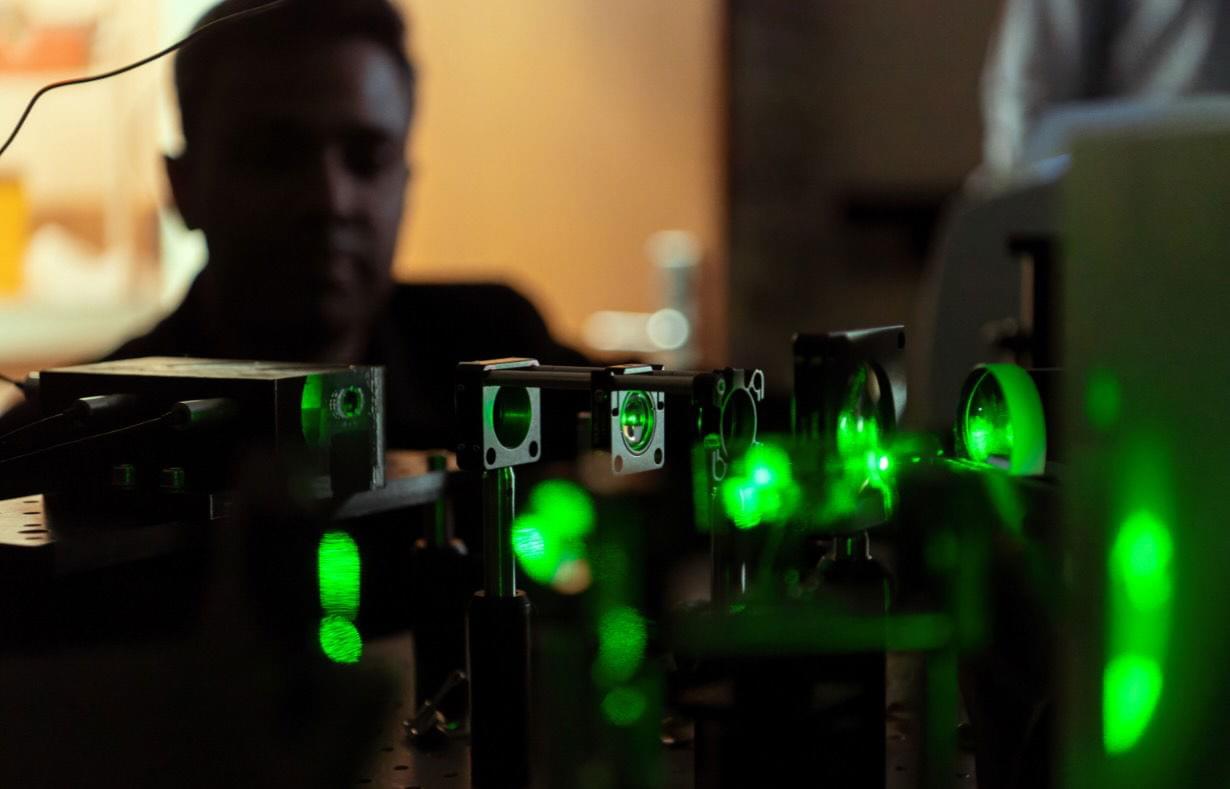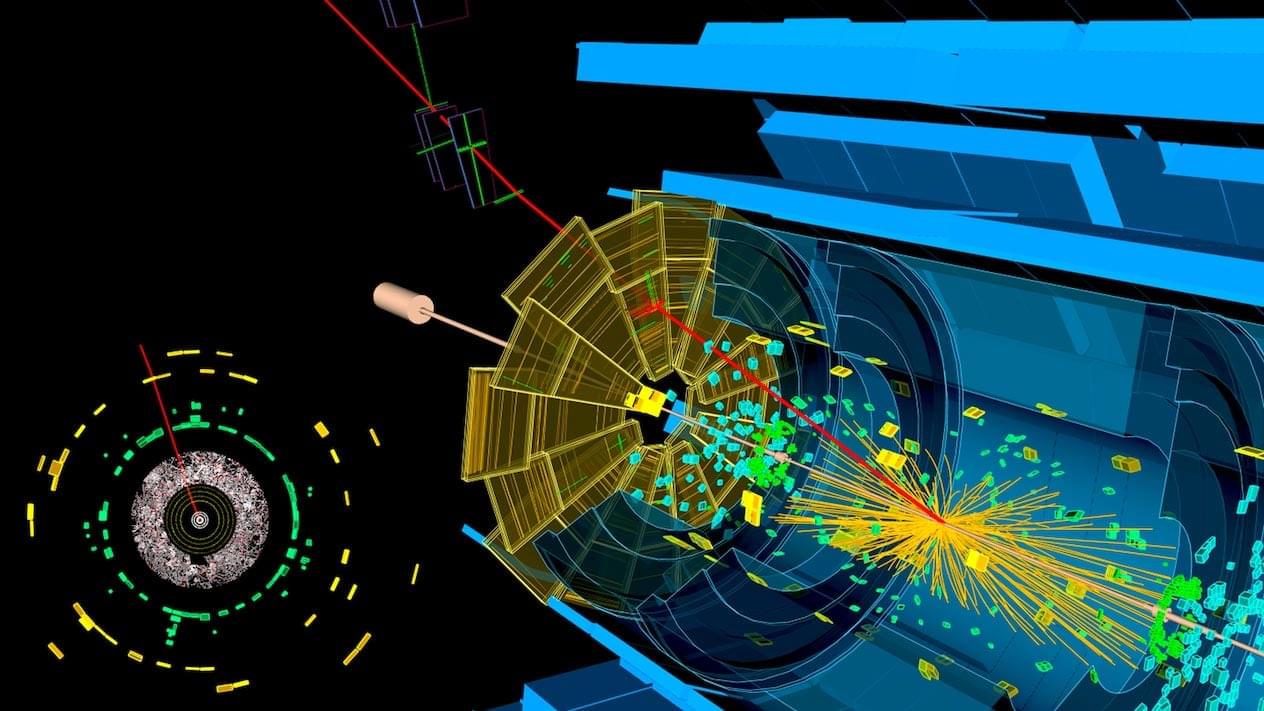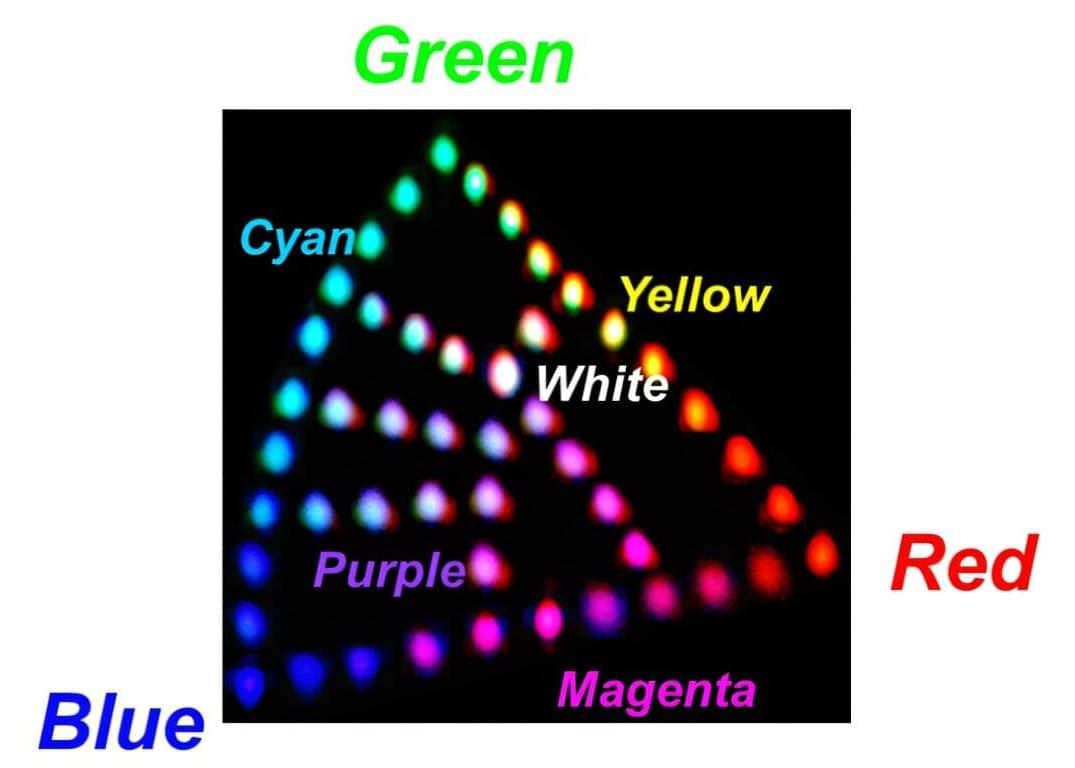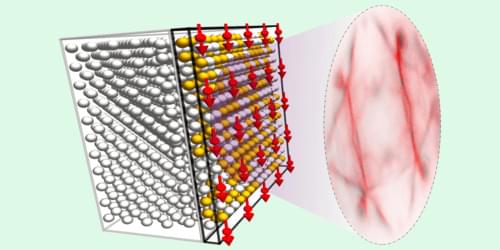
Category: electronics – Page 3


Ionic-electronic photodetector brings in-sensor vision closer to reality
In an advance at the intersection of neuromorphic engineering and photonics, researchers have developed an ionic-electronic photodetector that not only detects light but also performs in-sensor image processing, offering the potential to surpass some limitations of human vision—including color vision deficiencies.


Columbia Engineers Develop Radiation-Hardened Chips for the Large Hadron Collider
In one of the most extreme environments on Earth—the Large Hadron Collider—normal electronics fail almost instantly. But engineers at Columbia University have created custom microchips that not only survive the collider’s intense radiation but play a pivotal role in unlocking the secrets of the univ



RGB multiplexer based on lithium niobate enables faster, more efficient light modulation for laser beam scanning
As technology advances, photonic systems are gaining ground over traditional electronics, using light to transmit and process information more efficiently. One such optical system is laser beam scanning (LBS), where laser beams are rapidly steered to scan, sense, or display information.
This technology is used in applications ranging from barcode scanners at grocery stores to laser projectors in light shows. To process a wider range of signals or enable full-color output, these systems utilize multiplexers that merge the red, green, and blue (RGB) laser beams into a single beam.
Traditionally, this was achieved by directly modulating each laser, turning them on and off to control the output. However, this approach is relatively slow and energy intensive. A recent study by researchers at the TDK Corporation (Japan) reports the development of a faster and more energy-efficient RGB multiplexer based on thin-film lithium niobate (TFLN).
No wires needed: German physicists control electronics with light pulses
Scientists control atomically thin semiconductors using ultrashort pulses of terahertz light.
Discover how ultrashort terahertz light pulses can control semiconductors, leading to faster electronic components.

